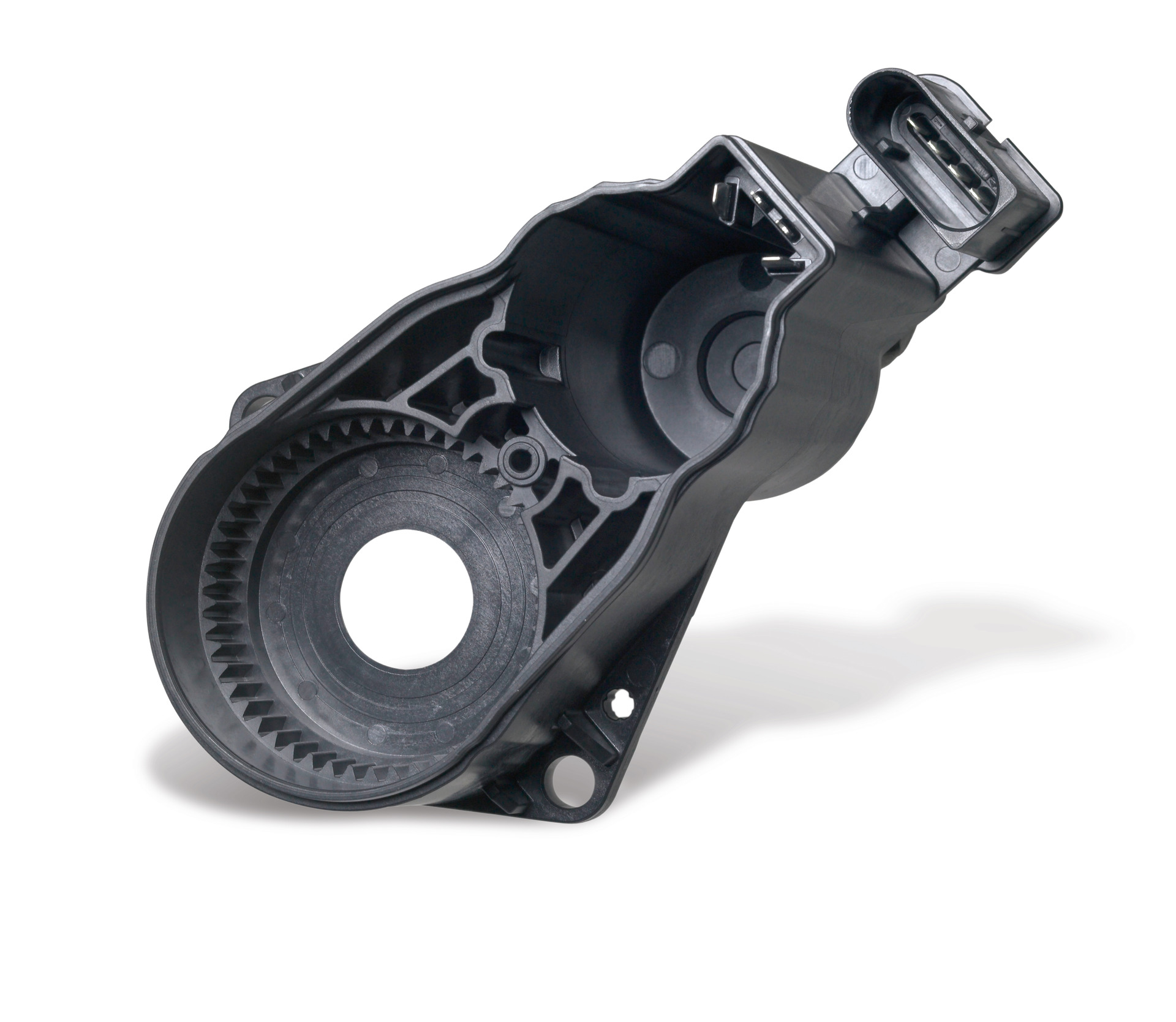
LANXESS has developed a new range of hydrolysis-resistant materials suitable for very hot and humid conditions.
According to the company, its Pocan XH polybutylene terephthalate (PET) reached the top two ratings during internal testing based on the SAE/USCAR2 Rev. 6 long-term hydrolysis tests developed by the US Society of Automotive Engineers (SAE).
The company is also adding more flame-retardant compounds to its XHR product range, which can be used in live components in hot and humid conditions. The flame-retardant compounds are reinforced with glass fibers (15, 25, and 30% by weight), and all materials are equipped with a halogenated flame-retardant package and achieve the top classification of V-0 with low specimen thicknesses according to flammability tests in line with US standard UL 94.
LANXESS reports that electrical and electronic devices are exposed to ever-higher thermal loads in confined installation spaces or at elevated operating temperatures. When used in dry environments, the plastics for these devices need to be able to withstand long periods in hot air.
'[…] the impact strength of most product types in the XHR series remains virtually unchanged even after 3,000 hours of being stored in 150° Celsius air,’ said Ralf Heinen, application developer at LANXESS. They often make the most of the high resistance to thermal shock, hot air, and chemicals, as well as the mechanical properties of the compounds based on polybutylene terephthalate (PBT),’ explains Ralf Heinen, application developer at Lanxess.
According to the company, rapid and extreme changes in temperature often cause stress cracks in components with overmolded metal areas because of the differences between metal and plastic in terms of thermal expansion. The Pocan XHR series has elongation at break of up to 4.7% (ISO 527-1,-2) because high elongation at break counteracts the formation of stress cracks. As well as this, the improved long-term temperature stability and hydrolysis resistance reduce susceptibility to stress cracks, LANXESS said.
‘In heat shock tests, components with Pocan XHR metal overmolding exhibit no stress cracks or, if they do, the cracks do not appear until after many multiples of the usual number of test cycles,’ added Heinen.
The material also reportedly offers good resistance even to very strong alkalis, according to the company, reducing elongation at break only by around 40% when the material is stored at 5° Celsius in 1-molar sodium hydroxide solution for 100 hours.
This story uses material from LANXESS, with editorial changes made by Materials Today. The views expressed in this article do not necessarily represent those of Elsevier.





